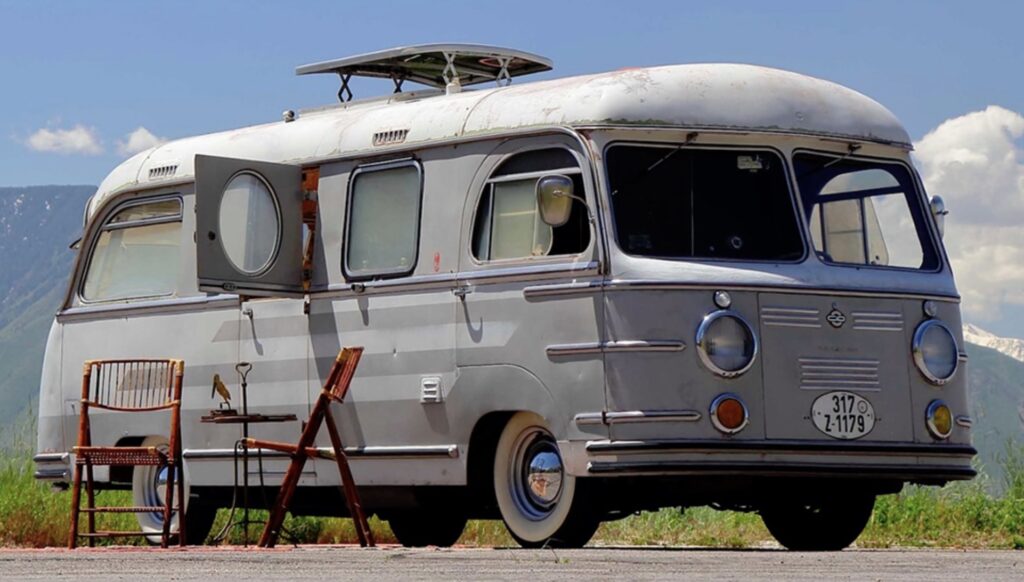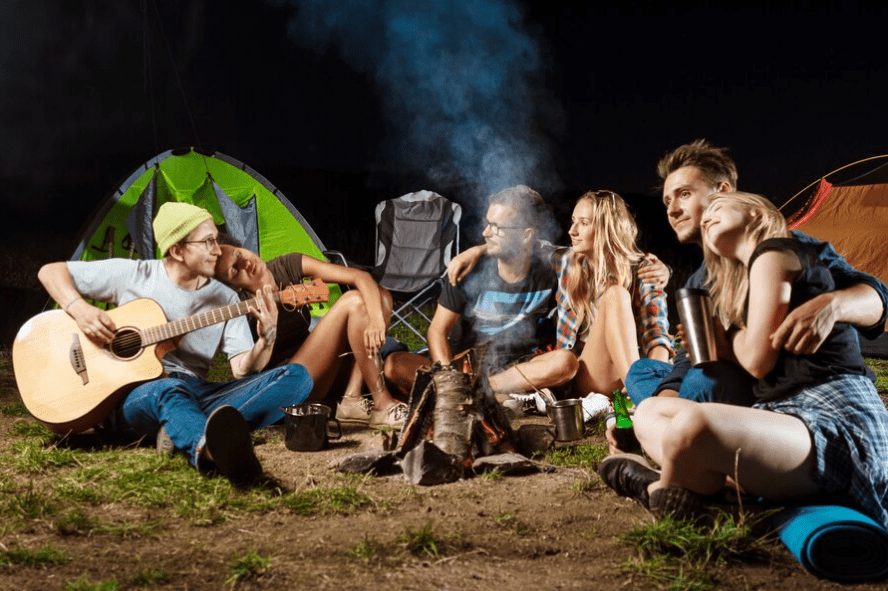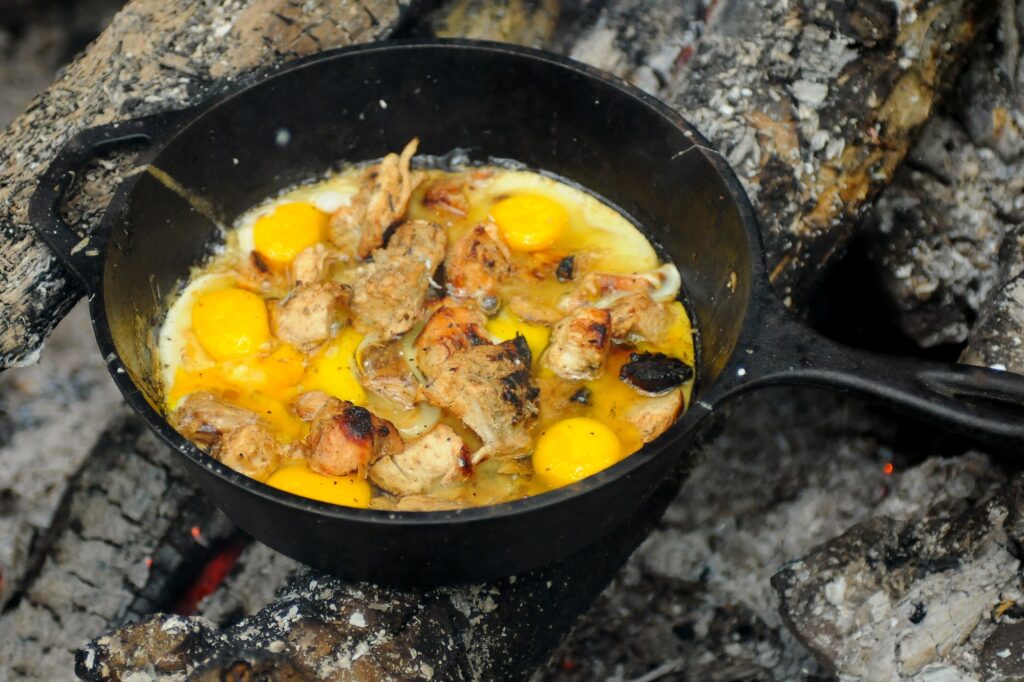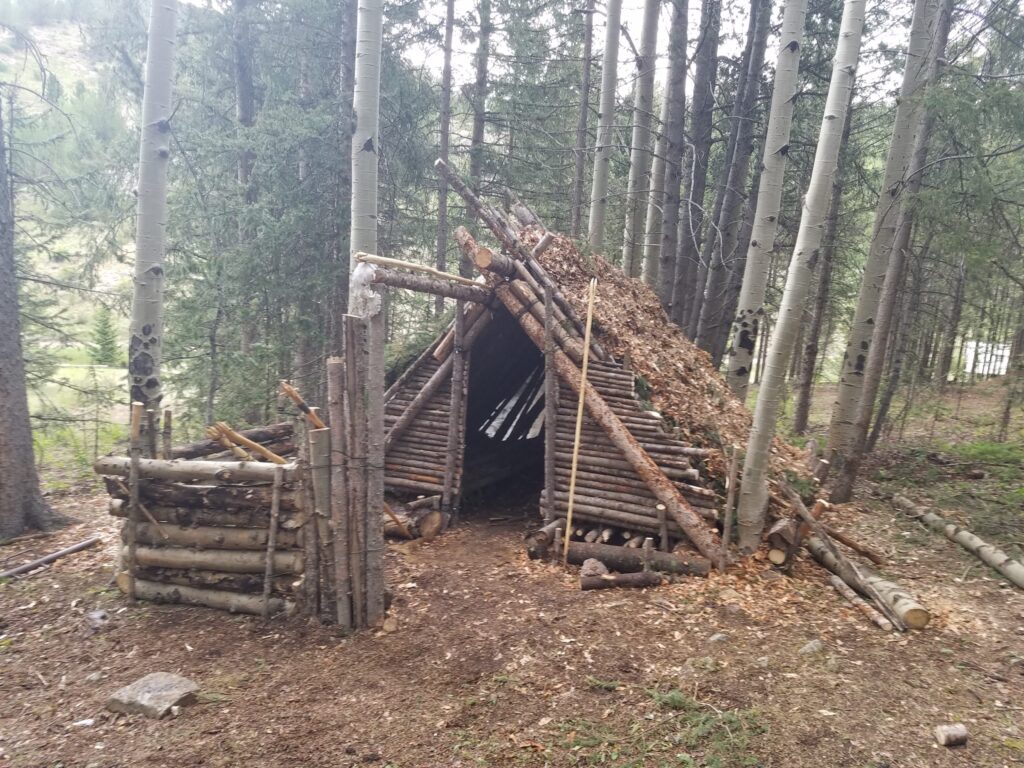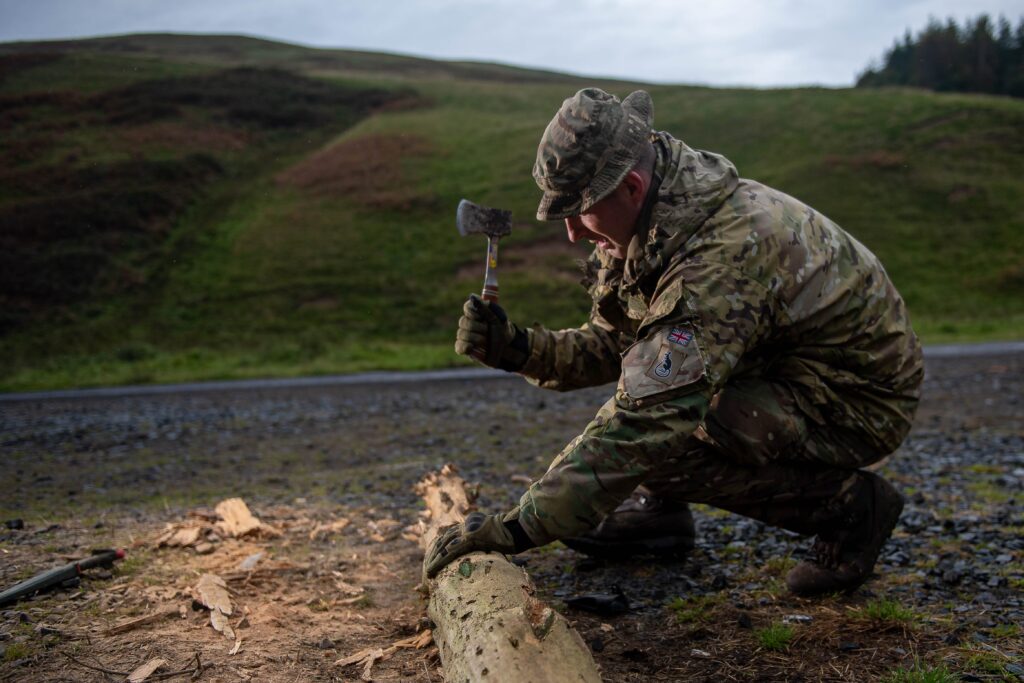Just get in the vehicle and drive off to the nearest lake, to the mountains, or to the nearest national park. Being spontaneous and not worrying about where to stay – would that be the epitome of freedom, spontaneity, and flexibility? In this article, I would like to give you a few tips on the subject of van conversion. All of these tips come from my own experience. I love to drive my camper van and sleep where I want.
Table of Contents
The different stages of converting a van into a mobile home
Most people start with a temporary solution, but perfection comes with practice. With good planning, building skills, and some time invested, you will come closer to your dream of an individual van camping extension. Think of it as a process, because converting a van into an RV requires patience and good planning above all else.
Find the right vehicle
Go looking for a suitable vehicle. The vehicle should meet your requirements both financially and qualitatively. You should also consider a high roof or a pop-up roof, which can also be retrofitted if necessary. Your van camping conversion will be more comfortable if you have headroom inside.
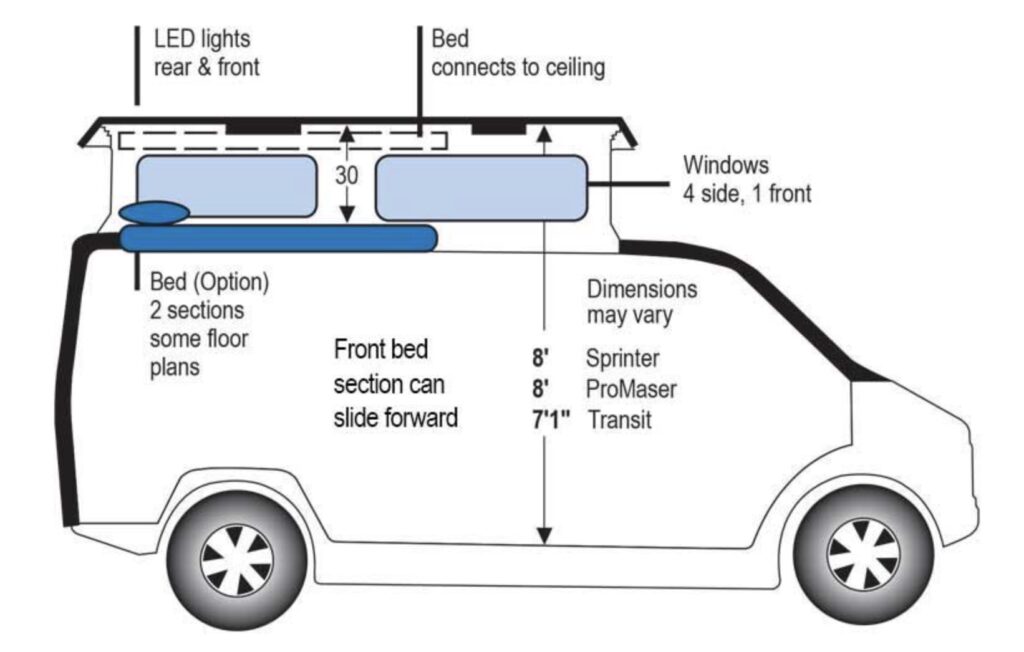
A high roof also offers more storage space. You should already be thinking about the power supply in the camper: Where can the onboard battery be installed? Where does the electricity have to go: where in the camper do you want built-in lights, where do you put the heater, water heater, stove, refrigerator, and other power consumers? Nothing is more important than a good plan while converting your van into an RV.
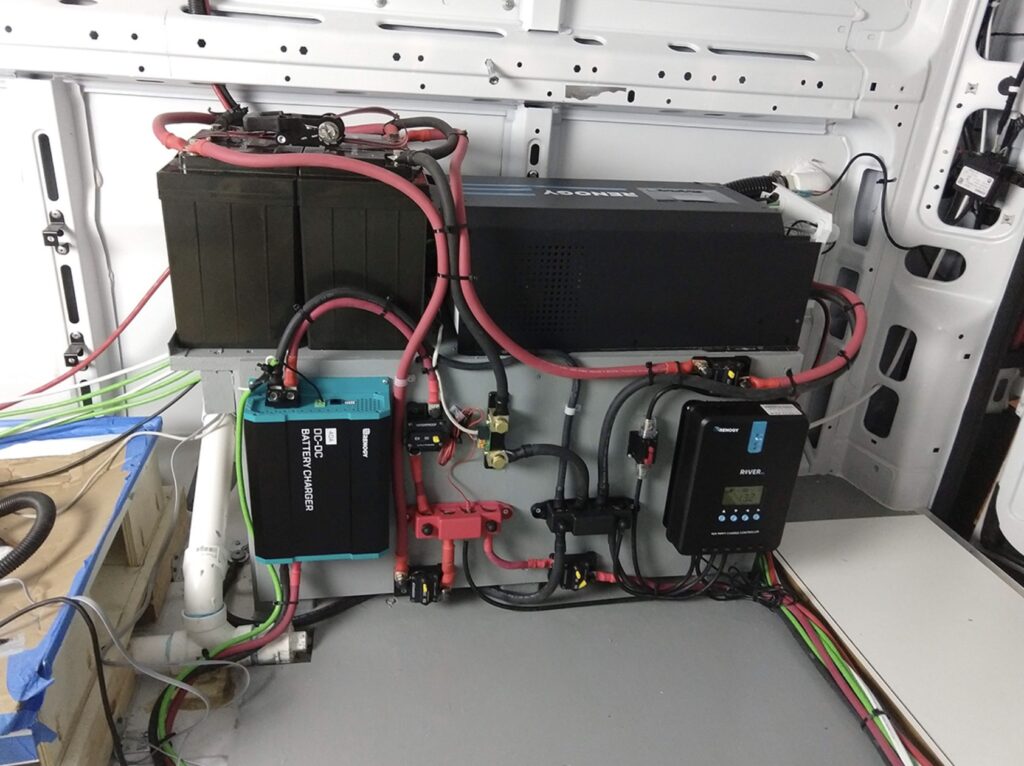
The technical condition should also be good. When buying or converting a van, you should consider that you want to cover longer distances. So you should make sure that everything works and that the vehicle is in very good technical condition.
It is particularly important that the brakes are in good condition, the frame has no rust or damage, and the engine runs reliably, and does not leak oil.
It definitely makes sense to have the van checked by a workshop and repaired if necessary before the major conversion.
Insulate for greater well-being
Insulation on the sheet metal wall of the vehicle helps against cold and heat. It is important that the insulation is glued tightly to the outer skin so that no moisture can collect behind it. The insulation moves the dew point to the outer skin of the vehicle. In uninsulated motorhomes, dew and condensation will collect on the metal layer and cause a lot of moisture and possibly rust and mold. You wake up in the morning because your condensed breath drips onto the tip of your nose? Avoid this with good insulation.
You can insulate with flexible insulating mats that are glued to the wall. There is also experience with cork as an insulating material for mobile homes, but then consistent ventilation is a must, as cork can absorb moisture.

You can buy the insulating mats online. Click here to see the actual price on Amazon.com
The walls and the roof should also have at least one window, block these before you insulate. You can install the windows yourself. There are various van conversion windows available that can be easily glued in place after you cut a hole in the vehicle wall. The windows are ideal for vehicle installation and offer good quality, durability, and camper burglary protection.

Plywood panels are usually used as the interior wall. You can then oil or paint them according to your taste. Think of built-in lights here, LED spotlights can be embedded in the wood and the cables for them run under the wall paneling.
Find the right van heater: feel good even on cold days and nights
Does your vehicle have an auxiliary heater? Otherwise, install a heater yourself. Gas heaters are ideally suited, also for your van conversion to a mobile home. For example, the heaters are operated with gas, either with bottled gas or you install a gas tank that you can easily fill up at the gas station. Pay close attention to the regulations for installation in a vehicle, as these are essential for safety in the vehicle. Combination heaters that run on diesel from the vehicle tank and provide both heating and hot water are also widespread.
The installation of these heaters should definitely be left to a professional. When installing and connecting the gas heater, absolute safety must be ensured.

If you are looking for an air heater for your camping van, you will find a large selection of different air heaters for camping vans HERE.
The basic framework for self-conversion: Good planning when converting a van camper
Make a drawing to scale and start planning the basic structure, thinking of the wheel arches. It is common to install a raised bed in the rear area, which can be made with a blockboard. A lifting table is often installed in the middle. The table frames are diverse, for example with a two-stage click system or step-less elevation.
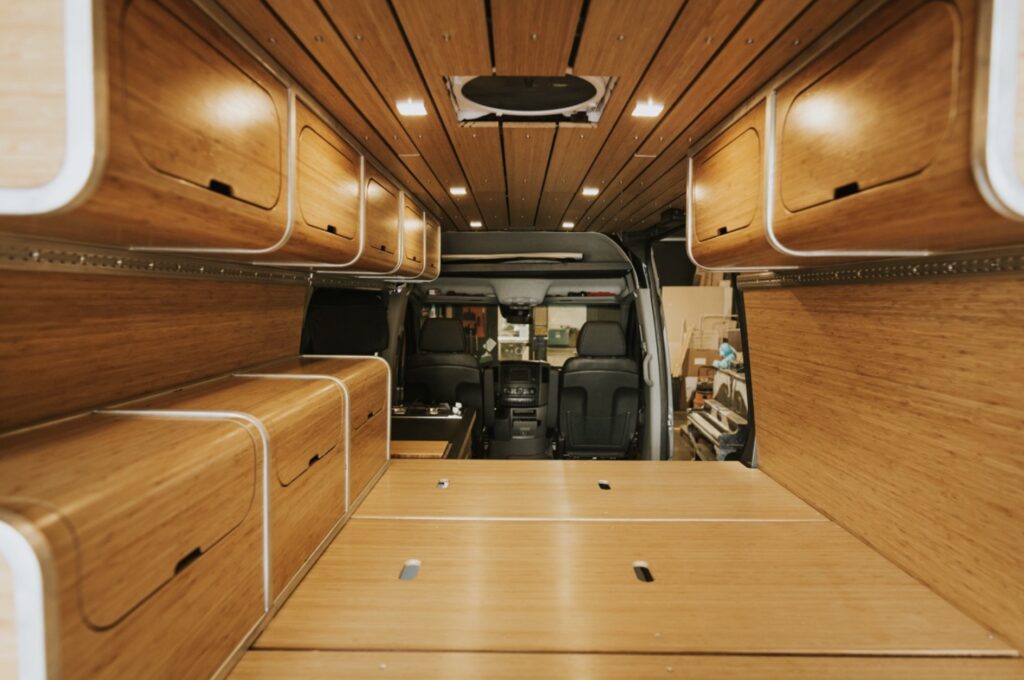
Some table frames have a wide base, while others have the column bolted to the base plate. With precisely fitting upholstery parts, a cozy seating area with a table for the day and a large lying surface for sleeping are created. The important storage space for the heater, camping furniture, awning, tools, chocks, etc. is located under the side parts.
You can save space by planning the bed as a roof bed. For example, you can have a pop-up roof retrofitted and then generate headroom in the front of a normal-height vehicle, or move a bed to the roof. There are good constructions for a roof bed that you can install pre-assembled.
Cupboards for clothes, towels, and kitchen supplies are usually planned in the living room. Here you can also make do with temporary hanging shelves or lockable boxes. Open shelves are only suitable if you can secure the items for the ride, for example with strips or rubber bands.
By installing swivel seats in the cab, you can move the seating here and save further space. The swivel seats are vehicle-specific approved and are turned forwards while driving and, if necessary, backward to the table.
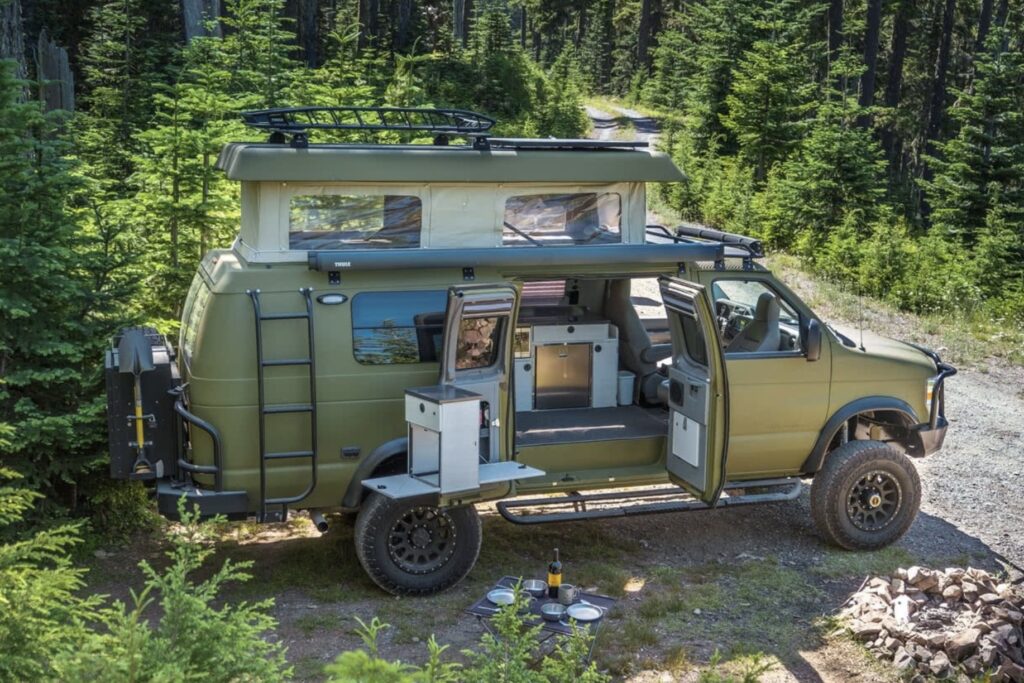
Planning the camping kitchen: no minibus camper conversion without cooking facilities
If you convert a van into a camper, you can register it as a mobile home. This gives you cheaper liability insurance and saves on annual billing. However, a number of criteria must be met for this, for example, the installation of cooking facilities.
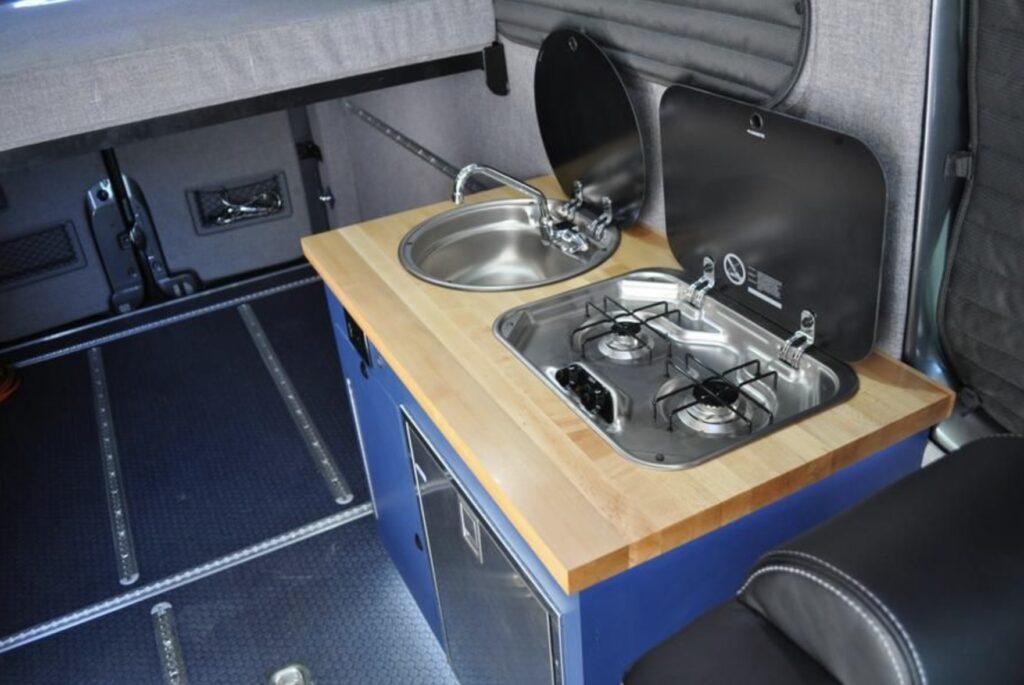
In your camping kitchen, you need a stove and cupboards or shelves for accessories. Pots and crockery save space and weight in camping supplies. If you use gas, you need a gas box and a regular gas check.
The options for installing a kitchen in the van are almost endless. You can install different devices. It really only comes down to the space you are ready to provide for a kitchen.
Toilet, shower, sink: find the right wet room
Depending on how self-sufficient you want to be, you may need to plan for a camping toilet and possibly a shower. You can get the sink faucet with the one-handed regulator in camping supplies to save energy. If there is hot water, use a small instantaneous water heater.
From the comfortable cabin with toilet-shower combination to the cassette toilet that is stowed in the closet, everything is possible with the van camping conversion.
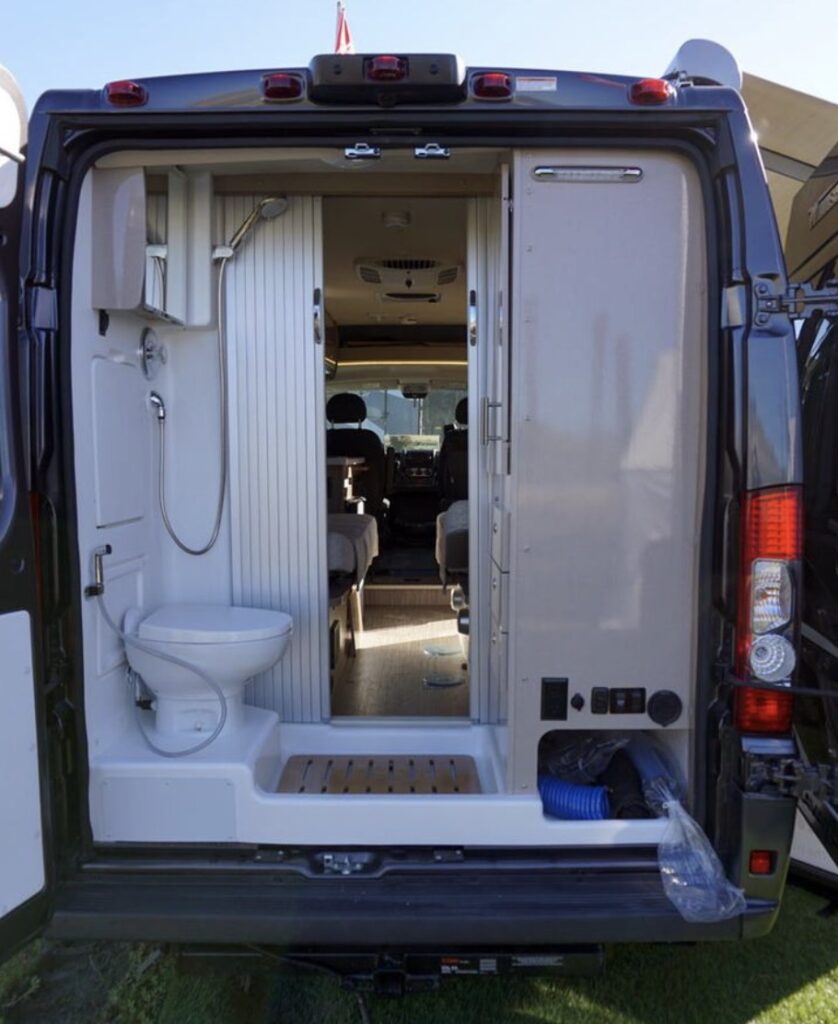
The individual look
Your van camper conversion is very different from off-the-shelf RVs, which is probably why you chose to convert it yourself. Give your motorhome an individual touch: the combination of rattan and white surfaces can be just as appealing as a colorful hippie motorhome.

Live your dream of comfortable van camping conversion and give your vehicle the finishing touches. Fairy lights, souvenir photos, potted plants – everything is possible.
It is important that you give the van a personal touch. If you set up the van comfortably, you will quickly feel comfortable and the camping trip will be even more fun.
Live the camper dream
High roof, table frames, built-in lights, camping kitchen – your head is spinning at the thought of doing it yourself? You can find tips and instructions on how to convert your van into a camper in our other articles. With our instructions for converting your van into a mobile home, it is easy to convert the van, even for inexperienced people.
With your own camping van, you can not only save a lot of money, but you will also understand the technology and can then repair a lot yourself if something breaks.
With your own camping van, you are also much more flexible. For example, you can drive off spontaneously and don’t have to worry about booking a hotel.
Would you like more information or detailed instructions to convert your van into the perfect camping van? Here I have a great book for you, which gives you a lot more information on the subject of a van conversion and detailed blueprints. Just click on the picture and download the book to your computer or order the printed version.


